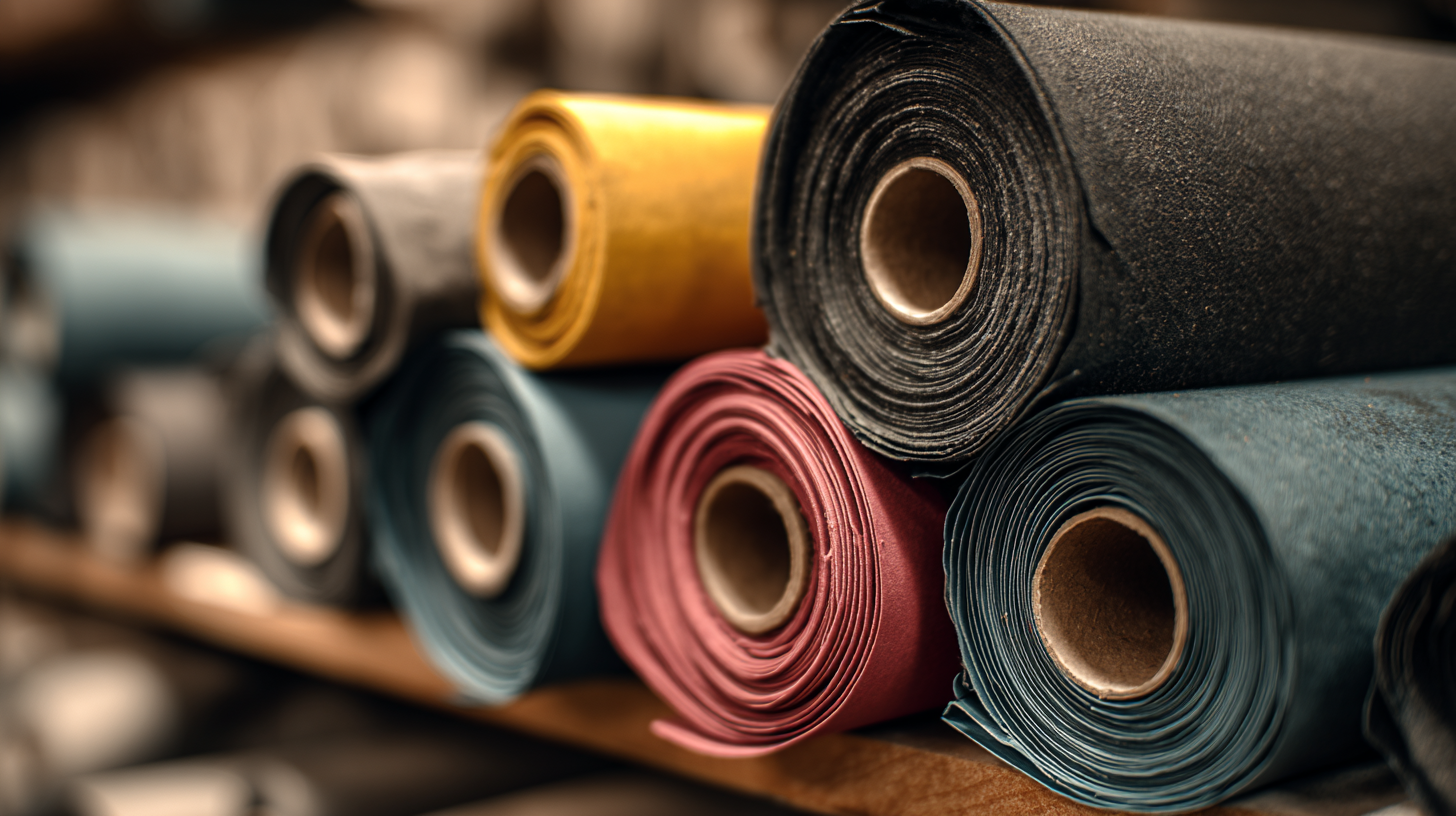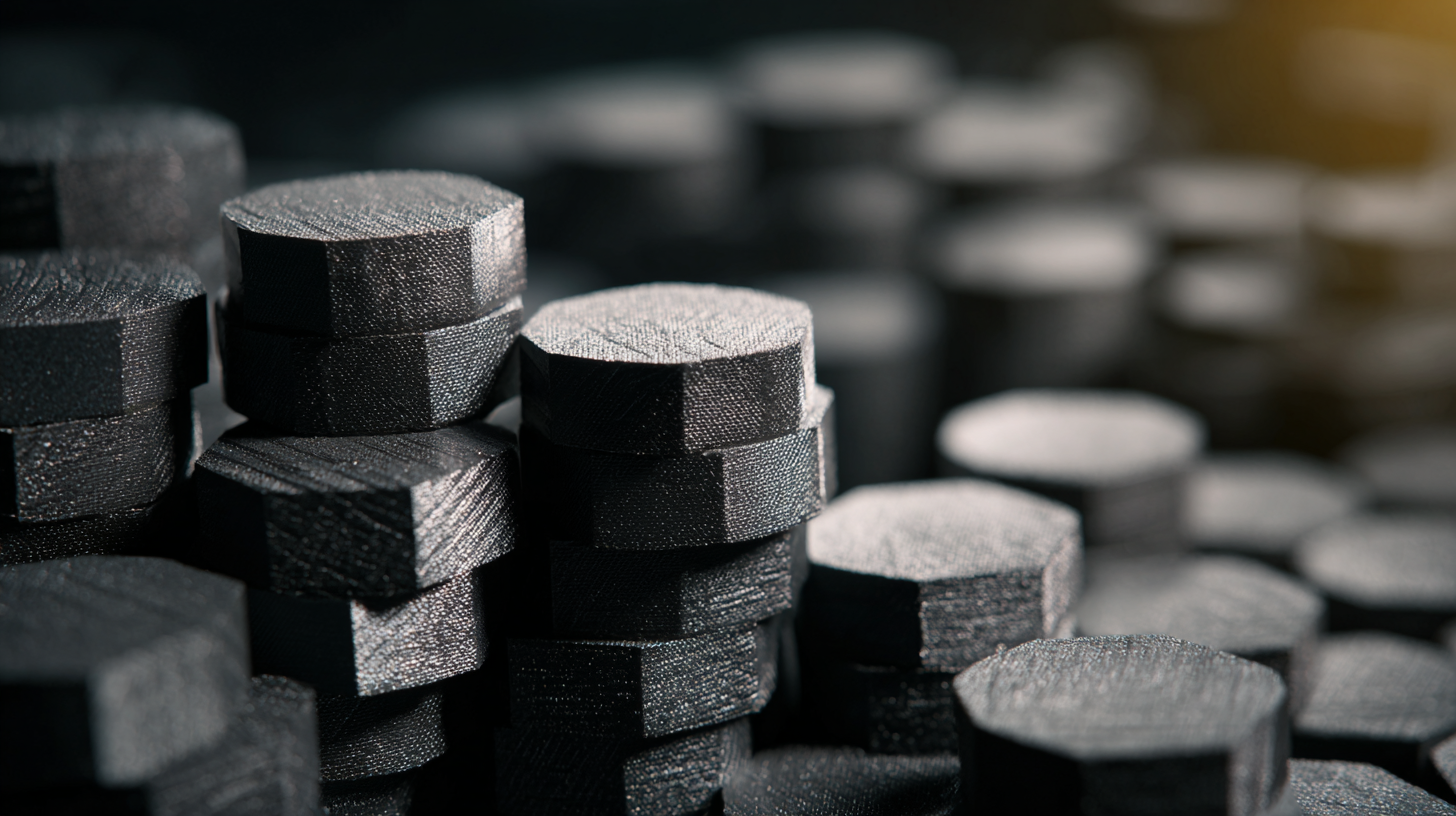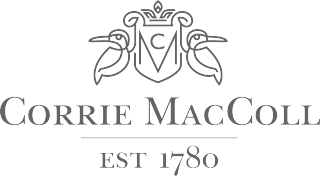5 Amazing Benefits of Synthetic Rubber You Need to Know
In today's rapidly advancing industrial landscape, the significance of Synthetic Rubber cannot be overstated. As a versatile and innovative material, Synthetic Rubber has transformed various sectors, from automotive to consumer products, by offering unparalleled performance and durability. This blog explores the five amazing benefits of Synthetic Rubber that not only enhance functionality but also address some of the pressing problems faced in traditional rubber production. With its superior resistance to harsh environmental conditions, cost-effectiveness, and the ability to be tailored for specific applications, Synthetic Rubber stands out as a game-changer. By understanding these advantages, industries can make informed decisions that lead to greater efficiency and sustainability in their operations. Join us as we dive deep into the remarkable features of Synthetic Rubber and uncover why it is an indispensable material in modern manufacturing.

The Versatility of Synthetic Rubber: Meeting Diverse Industrial Needs
 Synthetic rubber has revolutionized various industries with its impressive adaptability and performance characteristics. One of its most significant advantages is its ability to meet diverse industrial needs, ranging from automotive to healthcare. Due to its customizable properties, manufacturers can tailor synthetic rubber formulations to achieve specific performance criteria, such as enhanced durability, heat resistance, and chemical stability. This versatility allows industries to design better products that can withstand extreme conditions and extend their lifecycle, making synthetic rubber an essential material in modern manufacturing.
Synthetic rubber has revolutionized various industries with its impressive adaptability and performance characteristics. One of its most significant advantages is its ability to meet diverse industrial needs, ranging from automotive to healthcare. Due to its customizable properties, manufacturers can tailor synthetic rubber formulations to achieve specific performance criteria, such as enhanced durability, heat resistance, and chemical stability. This versatility allows industries to design better products that can withstand extreme conditions and extend their lifecycle, making synthetic rubber an essential material in modern manufacturing.
Moreover, synthetic rubber plays a crucial role in addressing environmental concerns. With the pressure to reduce reliance on natural resources, synthetic alternatives can be produced using more sustainable methods and inputs. For instance, bio-based synthetic rubbers are emerging, offering similar benefits while minimizing the ecological footprint. As industries pivot towards greener technologies, the versatility of synthetic rubber ensures its continued relevance by providing innovative solutions that align with sustainability goals, paving the way for a more eco-friendly industrial landscape.
Environmental Impact: How Synthetic Rubber Supports Sustainable Solutions
Synthetic rubber has emerged as a pivotal component in the quest for sustainable solutions in various industries. Unlike natural rubber, synthetic rubber can be produced from petroleum byproducts, which allows for a more controlled manufacturing process and a lower ecological footprint. This versatility not only reduces dependence on rubber plantations, which often contribute to deforestation and habitat loss, but also enables the recycling of materials, minimizing waste and promoting circular economy principles.
Tips for embracing synthetic rubber in sustainable practices include sourcing materials from reputable manufacturers that prioritize eco-friendly production methods. Additionally, consider partnering with companies that emphasize the recycling of synthetic rubber products. This ensures that end-of-life tires or industrial materials are transformed into new products, further reducing environmental impact.
Furthermore, stay informed about innovations in synthetic rubber technology. Developments such as bio-based synthetic rubber, which utilizes renewable resources, are gaining traction and offer an even more sustainable alternative. By staying engaged with industry advancements, businesses can adopt practices that not only support sustainability but also enhance performance and durability in their products.
Economic Advantages: Cost-Effectiveness of Synthetic Rubber in Manufacturing
Synthetic rubber has emerged as a game-changer in the manufacturing sector due to its economic advantages. According to a report by the American Chemical Council, synthetic rubber production costs are approximately 30% lower than those for natural rubber. This cost-effectiveness makes synthetic rubber particularly appealing for industries that require large volumes of durable materials, such as automotive and aerospace. Additionally, the global market for synthetic rubber is projected to reach $42.6 billion by 2025, highlighting its growing demand and economic viability.
 One of the key benefits of synthetic rubber is its ability to maintain performance at various temperatures and conditions, leading to longer product lifespans. This durability translates to lower replacement costs for manufacturers, providing a substantial economic edge. According to a study by the European Rubber Journal, the lifecycle cost savings of synthetic rubber products can be up to 20%, making it a highly economically sound choice.
One of the key benefits of synthetic rubber is its ability to maintain performance at various temperatures and conditions, leading to longer product lifespans. This durability translates to lower replacement costs for manufacturers, providing a substantial economic edge. According to a study by the European Rubber Journal, the lifecycle cost savings of synthetic rubber products can be up to 20%, making it a highly economically sound choice.
Tip: When selecting materials for manufacturing, consider investing in synthetic rubber to not only capitalize on lower production costs but also enhance product performance. Another tip would be to evaluate your suppliers based on the availability and pricing of synthetic rubber, as this can significantly impact your overall production budget and efficiency.
Performance Characteristics: Enhancing Durability and Functionality in Products
Synthetic rubber has revolutionized the material market by offering exceptional performance characteristics that enhance both durability and functionality in a wide array of products. Unlike its natural counterpart, synthetic rubber can be engineered to meet specific requirements, making it suitable for demanding applications in automotive, aerospace, and consumer goods. For instance, synthetic rubber formulations exhibit superior wear resistance and resilience, allowing products to withstand extreme temperature variations, abrasive conditions, and prolonged use without compromising performance.
Moreover, synthetic rubber can be tailored to improve chemical resistance and elastic properties, which are essential in applications like seals and gaskets, where exposure to harsh substances is common. Innovations in synthetic rubber production have led to materials that can efficiently dissipate heat and absorb shock, contributing significantly to the longevity of components. The versatility of synthetic rubber not only enhances the reliability of products but also opens up new possibilities for design and engineering, making it a crucial material for industries aiming for sustainability and efficiency in their offerings.
5 Amazing Benefits of Synthetic Rubber You Need to Know
| Benefit | Description | Applications | Performance Characteristics |
|---|---|---|---|
| Durability | Synthetic rubber is resistant to wear and tear, ensuring longer product lifespan. | Tires, hoses, footwear | Resists abrasion and impact |
| Weather Resistance | Maintains performance in extreme temperatures and conditions. | Outdoor equipment, roofing materials | UV and ozone resistant |
| Flexibility | Offers outstanding elasticity, making products comfortable and functional. | Seals, gaskets, belts | High tensile strength |
| Chemical Resistance | Resistant to a wide range of chemicals, enhancing product safety and longevity. | Automotive, industrial applications | Stable in corrosive environments |
| Cost-Effectiveness | Synthetic rubber can be produced at a lower cost compared to natural rubber. | General manufacturing, consumer goods | Economically advantageous |
Health and Safety: The Role of Synthetic Rubber in Reducing Workplace Hazards
Synthetic rubber plays a crucial role in improving health and safety standards in various industrial settings. According to a 2022 report by the International Rubber Study Group, synthetic rubber is increasingly used in manufacturing products such as non-slip flooring, safety mats, and protective equipment, helping to significantly reduce workplace hazards. In environments where slips and falls are common, such as manufacturing plants and warehouses, non-slip surfaces made from synthetic rubber can decrease incidents by up to 30%, creating a safer work environment for employees.
Furthermore, synthetic rubber’s versatility extends to protective equipment. A study published in the Journal of Occupational Safety and Health revealed that the use of synthetic rubber in gloves and aprons not only protects workers from chemicals and abrasives but also enhances their grip. This results in greater dexterity and reduces the risk of accidents, contributing to an estimated 20% decline in injury-related absenteeism. As industries continue to evolve, the integration of synthetic rubber in workplace safety measures is not only vital for protecting workers but also for promoting a culture of safety that benefits overall productivity.

